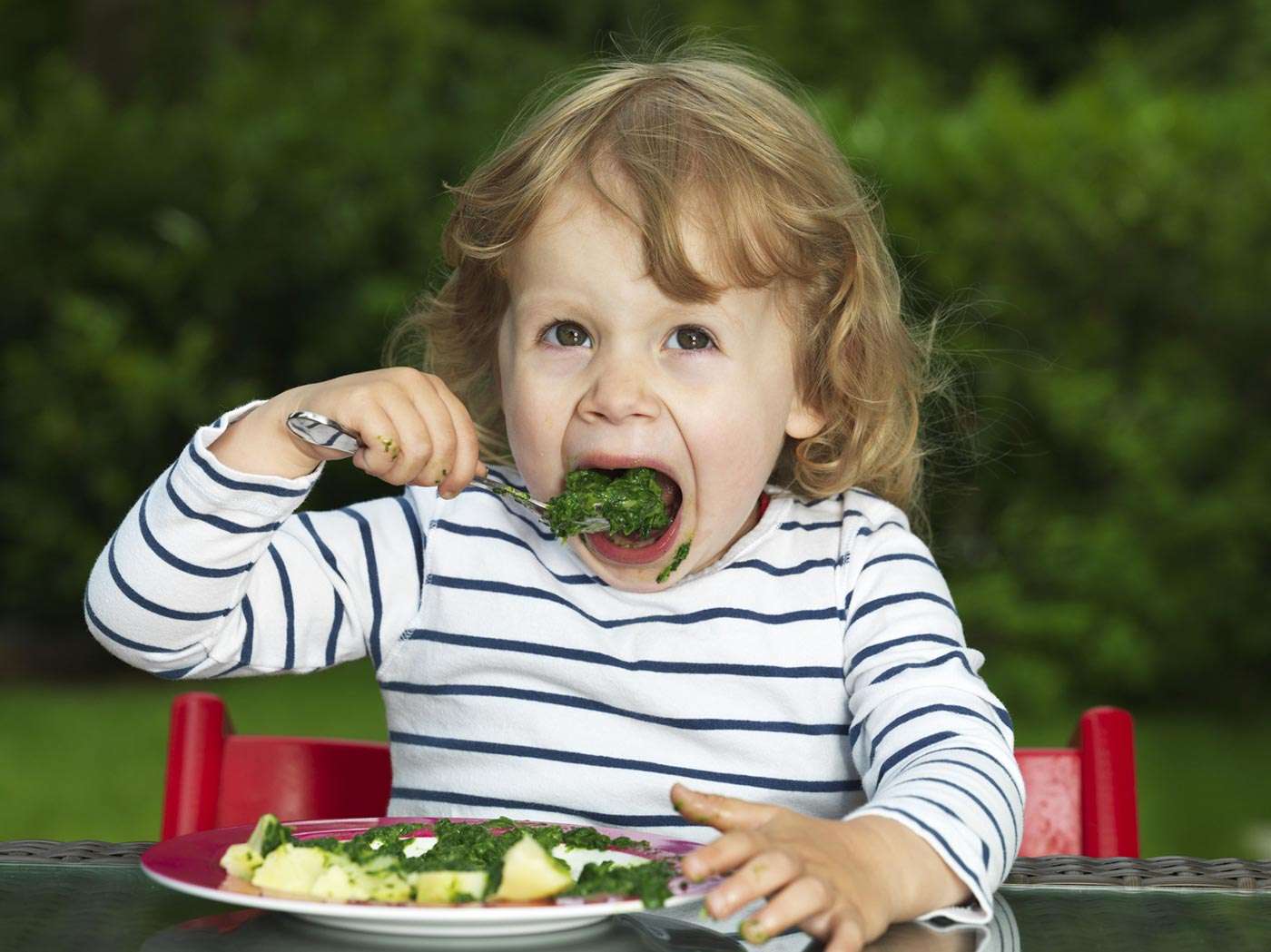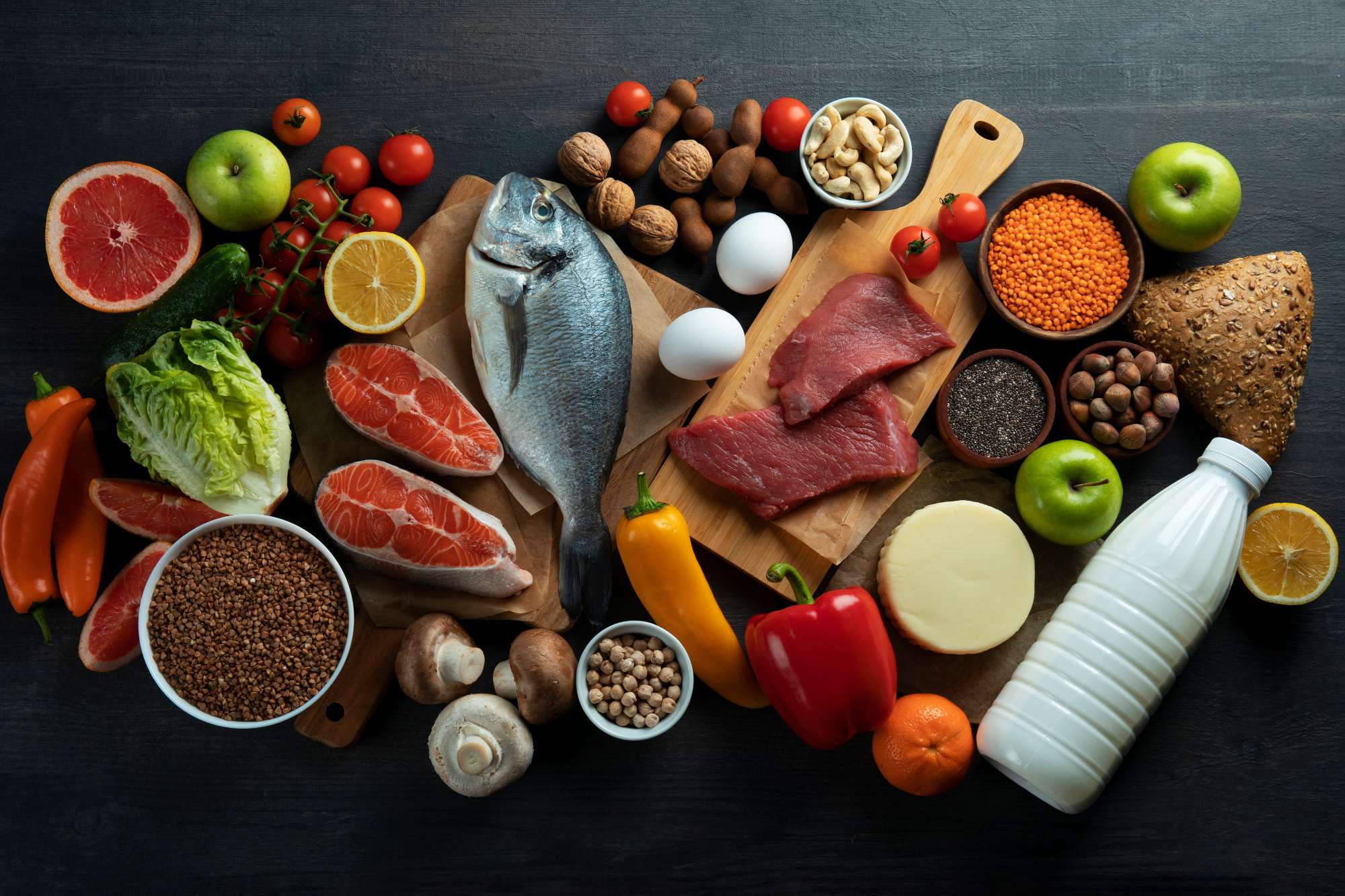Iron, one of the trace minerals necessary for the body
Iron, one of the trace minerals necessary for the body
Iron carries oxygen to the muscles and brain. Iron is crucial for both mental and physical performance. Insufficient iron in the diet can affect the efficiency with which the body uses energy. Low iron levels may result in a lack of focus, increased irritability, and reduced stamina.
What is iron and what does it do?
Iron is a mineral that the body needs for growth and development. Your body uses iron to make hemoglobin, a protein in red blood cells that carries oxygen from the lungs to all parts of the body, and myoglobin, a protein that provides oxygen to muscles. Your body also needs iron to make some hormones.
Iron is stored in the body as ferritin (in the liver, spleen, muscle tissue, and bone marrow) and is delivered throughout the body by transferrin (a protein in blood that binds to iron). A doctor may sometimes check blood levels of these two components if anemia is suspected.


How much iron do I need?
The amount of iron you need each day depends on your age, your sex, and whether you consume a mostly plant-based diet. Average daily recommended amounts are listed below in milligrams (mg). Vegetarians who do not eat meat, poultry, or seafood need almost twice as much iron as listed in the table because the body doesn’t absorb nonheme iron in plant foods as well as heme iron in animal foods. Recommended daily amount for each life stage:
- Birth to 6 months: 0.27 mg
- Infants 7–12 months: 11 mg
- Children 1–3 years: 7 mg
- Children 4–8 years: 10 mg
- Children 9–13 years: 8 mg
- Teen boys 14–18 years: 11 mg
- Teen girls 14–18 years: 15 mg
- Adult men 19–50 years: 8 mg
- Adult women 19–50 years: 18 mg
- Adults 51 years and older: 8 mg
- Pregnant teens: 27 mg
- Pregnant women: 27 mg
- Breastfeeding teens: 10 mg
- Breastfeeding women: 9 mg

Bioavailability of Iron
Iron has a low bioavailability, meaning that the small intestine does not readily absorb large amounts. This decreases its availability for use and increases the likelihood of deficiency. The efficiency of absorption depends on a range of factors, including:
- The source of iron
- Other components of the diet
- Gastrointestinal health
- Use of medications or supplements
- A person’s overall iron status
- Presence of iron promoters, such as vitamin C
In many countries, wheat products and infant formulas are fortified with iron.
There are two types of dietary iron, known as heme and non-heme. Heme is found only in animal flesh like meat, poultry, and seafood. Heme iron is more easily absorbed by the body. Non-heme iron, the type found in plants, requires that the body take multiple steps to absorb it. Plant-based sources of iron include beans, nuts, soy, vegetables, and grains. Non-heme iron is also found in animal flesh (as animals consume plant foods with non-heme iron) and fortified foods.
The bioavailability of heme iron from animal sources can be up to 40 percent. However, non-heme iron from plant-based sources has a bioavailability of between 2 and 20 percent. For this reason, the RDA for vegetarians is 1.8 times higher than for those who eat meat to make up for the lower absorption level from plant-based foods.
Consuming vitamin-C-rich foods alongside non-heme sources of iron can dramatically increase iron absorption.
Calcium can slow both heme and non-heme iron absorption. In most cases, a typical varied, Western-style diet is considered balanced in terms of enhancers and inhibitors of iron absorption.
When following a vegetarian diet, it is also important to consider components of food that block or reduce iron absorption, such as:
- Polyphenols in cereals and legumes, as well as in spinach
- Tannins in coffee, tea, some wine, and certain berries
- Phosphates in carbonated beverages, such as soda
- Phytates in beans and grains

What foods provide iron?
Iron is found naturally in many foods and is added to some fortified food products. You can get recommended amounts of iron by eating a variety of foods, including the following:
- Lean meat, seafood, and poultry
- Iron-fortified breakfast cereals and breads
- White beans, lentils, spinach, kidney beans, and peas
- Nuts and some dried fruits, such as raisins
Your body absorbs iron from plant sources better when you eat it with meat, poultry, seafood, and foods that contain vitamin C, such as citrus fruits, strawberries, sweet peppers, tomatoes, and broccoli.
Some of the best sources of iron:
- Canned clams: 3 ounces (oz) provides 26 milligrams (mg) of iron.
- Fortified, plain, dry cereal oats: 100 g provides 24.72 mg.
- White beans: One cup provides 21.09.
- Dark chocolate (45 to 69 percent cacao): One bar provides 12.99 mg.
- Cooked Pacific oysters: 3 oz provides 7.82 mg.
- Cooked spinach: One cup provides 6.43 mg.
- Beef liver: 3 oz provides 4.17 mg.
- Boiled and drained lentils: Half a cup provides 3.3 mg.
- Firm tofu: Half a cup provides 2.03 mg.
- Boiled and drained chickpeas: Half a cup provides 2.37 mg.
- Canned, stewed tomatoes: Half a cup provides 1.7 mg.
- Lean, ground beef: 3 oz provides 2.07 mg.
- Medium baked potato: This provides 1.87 mg.
- Roasted cashew nuts: 3 oz provides 2 mg.

What kinds of iron dietary supplements are available?
Iron is available in many multivitamin/mineral supplements and in supplements that contain only iron. Iron in supplements is often in the form of ferrous sulfate, ferrous gluconate, ferric citrate, or ferric sulfate. Dietary supplements that contain iron have a statement on the label warning that they should be kept out of the reach of children. Accidental overdose of iron-containing products is a leading cause of fatal poisoning in children under 6.
What happens if you don’t get enough iron?
In the short term, getting too little iron does not cause obvious symptoms. The body uses its stored iron in the muscles, liver, spleen, and bone marrow. However, when levels of iron stored in the body become low, iron deficiency anemia sets in. Red blood cells become smaller and contain less hemoglobin. As a result, blood carries less oxygen from the lungs throughout the body.
Symptoms of iron deficiency anemia include GI upset, weakness, tiredness, lack of energy, and problems with concentration and memory. In addition, people with iron deficiency anemia are less able to fight off germs and infections, to work and exercise, and to control their body temperature. Infants and children with iron deficiency anemia might develop learning difficulties.
Iron deficiency is not uncommon, especially among young children, women under 50, and pregnant women. It can also occur in people who do not eat meat, poultry, or seafood; lose blood; have GI diseases that interfere with nutrient absorption; or eat poor diets.

Pregnant womenDuring pregnancy, the amount of blood in a woman’s body increases, so she needs more iron for herself and her growing baby. Getting too little iron during pregnancy increases a woman’s risk of iron deficiency anemia and her infant’s risk of low birth weight, premature birth, and low levels of iron. Getting too little iron might also harm her infant’s brain development. Women who are pregnant should talk with their health care provider and take an iron supplement if recommended.
Infants and toddlersIron deficiency anemia in infancy can lead to delayed psychological development, social withdrawal, and less ability to pay attention. By age 6 to 9 months, full-term infants could become iron deficient unless they eat iron-enriched solid foods or drink iron-fortified formula.
Anemia of chronic diseaseSome chronic diseases—such as rheumatoid arthritis, inflammatory bowel disease, and some types of cancer—can interfere with the body’s ability to use its stored iron. Taking more iron from foods or supplements usually does not reduce the resulting anemia of chronic disease because iron is diverted from the blood circulation to storage sites. The main therapy for anemia of chronic disease is treatment of the underlying disease.
EnergyInsufficient iron in the diet can affect the efficiency with which the body uses energy. Iron carries oxygen to the muscles and brain and is crucial for both mental and physical performance. Low iron levels may result in a lack of focus, increased irritability, and reduced stamina.
Better athletic performanceIron deficiency is more common among athletes, especially young female athletes, than in individuals who do not lead an active lifestyle. This appears to be particularly true in female endurance athletes, such as long-distance runners. Some experts suggest that female endurance athletes should add an additional 10 mgTrusted Source of elemental iron per day to the current RDA for iron intake. Iron deficiency in athletes decreases athletic performance and weakens immune system activity. A lack of hemoglobin can greatly reduce performance during physical exertion, as it decreases the body’s ability to transport oxygen to the muscles.

Can iron be harmful?
Yes, iron can be harmful if you get too much. In healthy people, taking high doses of iron supplements (especially on an empty stomach) can cause an upset stomach, constipation, nausea, abdominal pain, vomiting, and diarrhea. Large amounts of iron might also cause more serious effects, including inflammation of the stomach lining and ulcers. High doses of iron can also decrease zinc absorption. Extremely high doses of iron (in the hundreds or thousands of mg) can cause organ failure, coma, convulsions, and death.
Some people have an inherited condition called hemochromatosis that causes toxic levels of iron to build up in their bodies. Without medical treatment, people with hereditary hemochromatosis can develop serious problems such as liver cirrhosis, liver cancer, and heart disease. People with this disorder should avoid using iron supplements and vitamin C supplements.
You should consult your doctor if you need to supplement your body with iron.

Does iron interact with medications or supplements?
Yes, iron supplements can interact or interfere with medicines and other supplements you take. Tell your doctor, pharmacist, and other health care providers about any dietary supplements and prescription or over-the-counter medicines you take. They can tell you if the dietary supplements might interact with your medicines or if the medicines might interfere with how your body absorbs, uses, or breaks down nutrients.
Compiled and penned by Crocus Media